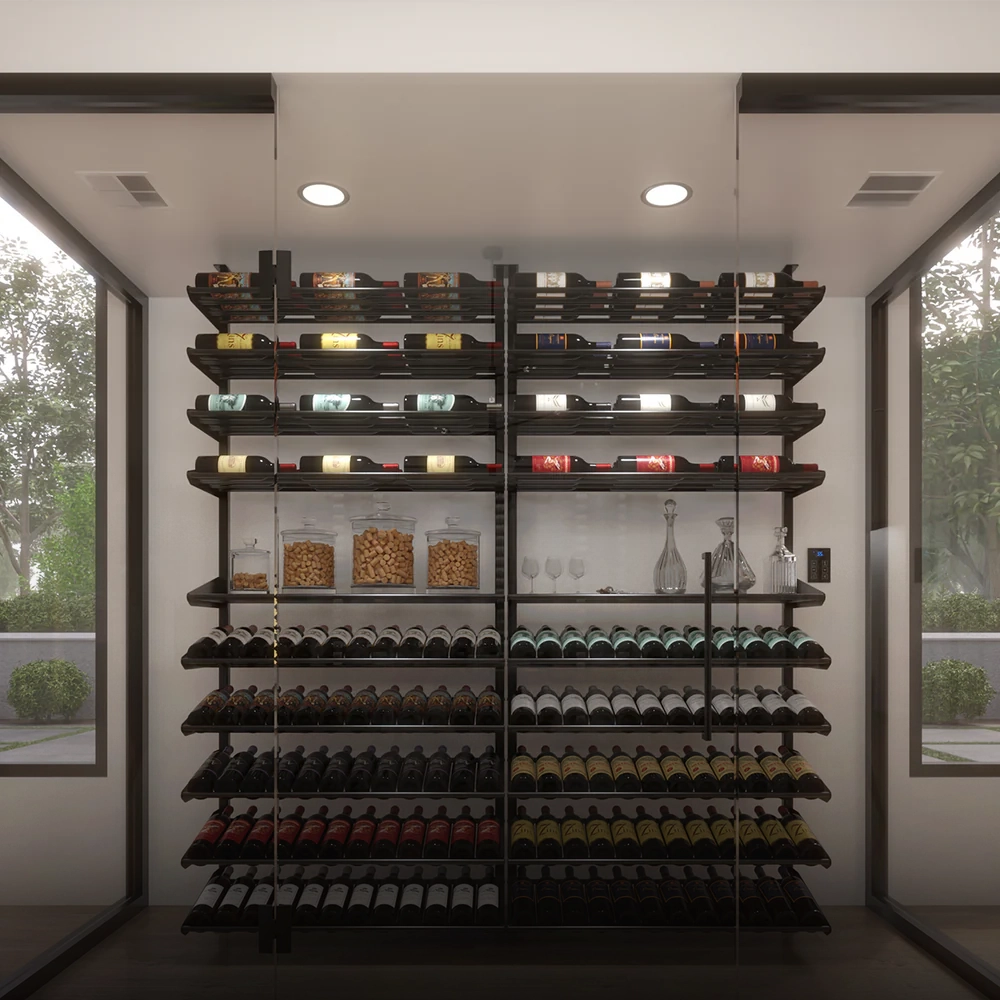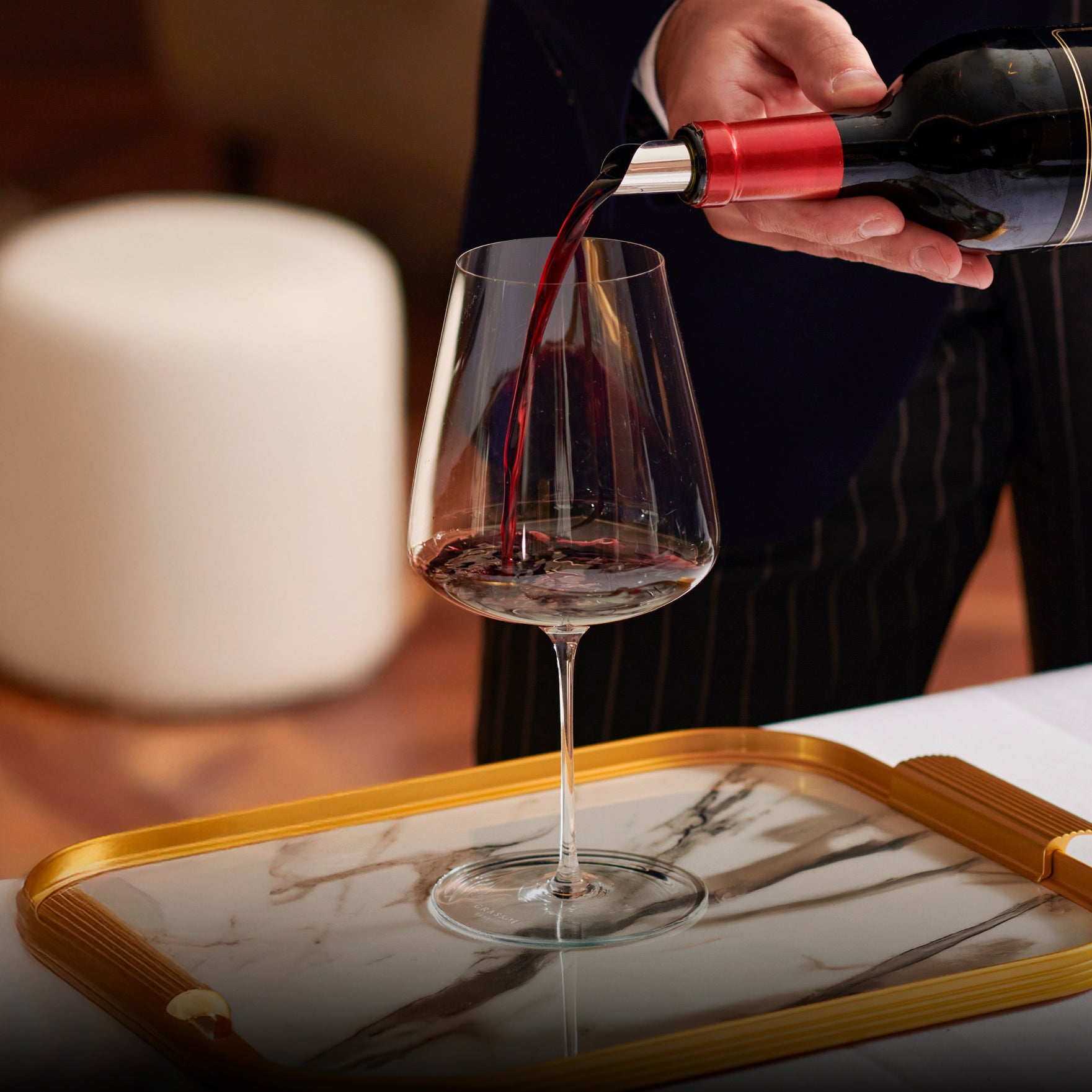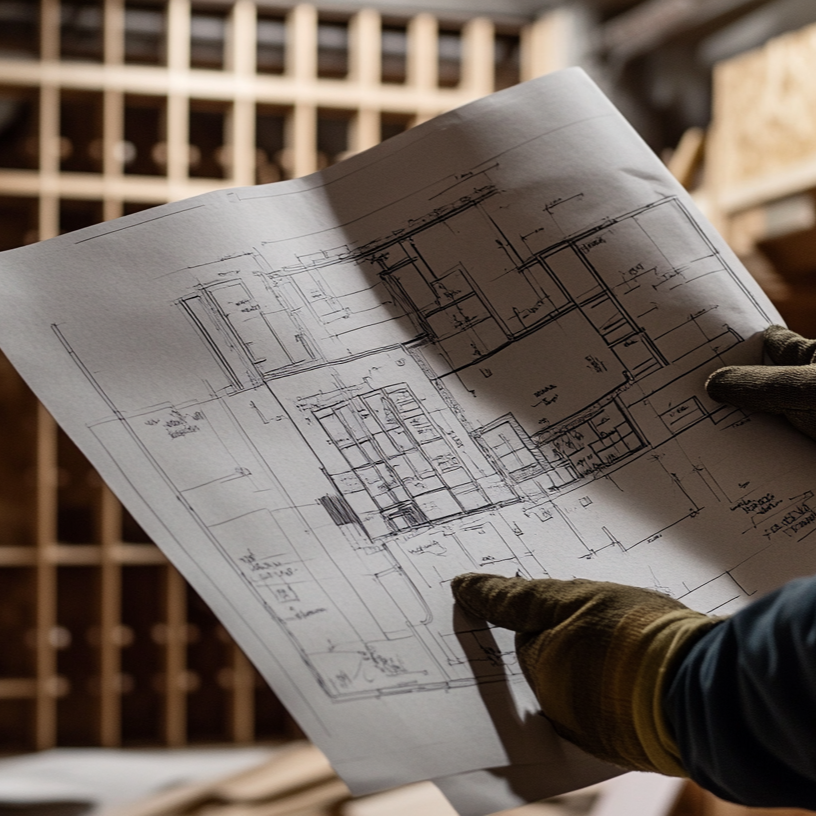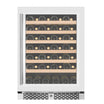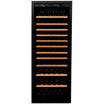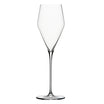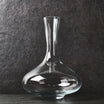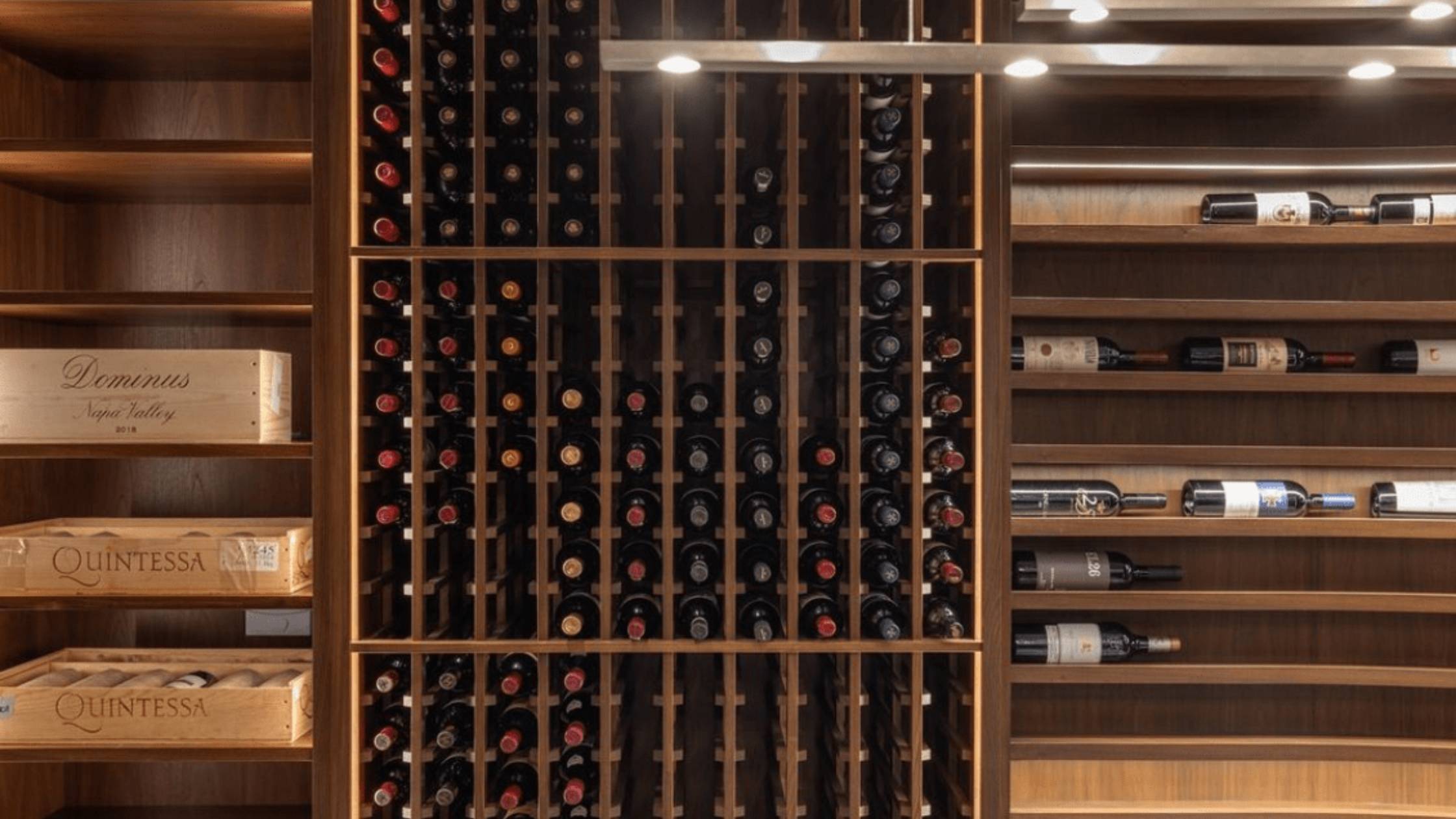High-end wine glasses are used by people who have a true passion for wine. Winemakers often describe their passion as an art form, and wine connoisseurs share that same artistic fondness for wine consumption. When deciding how to choose the best wine glasses, wine lovers consider both the artistic and practical allure of specific glasses.
In his personal evaluation of high-end wine glasses, published in the New York Times, Chief Wine Critic Eric Asimov describes fine wine glasses as enhancing the subtle, nuanced perceptions of great wine. He believes that wine collectors who invest their time, money, and energy into curating exquisite wine collections should make similar commitments to their choices of fine wine glasses.
Does it really matter what glass you drink wine from?
The short answer is, yes, it does matter which glass you drink wine from. When deciding how to choose the best wine glasses, remember there are four main components to most wine glasses:- The base of the glass that supports the bowl and keeps it upright
- The stem, typically where you hold the glass between the base and the bowl
- The bowl itself, which is where you pour your wine and allow it to breathe
- The rim of the glass where you sip your wine and enjoy it at your leisure
Each feature will vary in style, depending on the type of wine glass but, fundamentally, they always serve the same purpose. However, the most important features are the stem and the bowl, and for two very compelling reasons.
The wine glass stem: why it matters

Firstly, not all wine glasses come with a stem. Stemless wine glasses are often used for casual wine consumption, or as a method to serve wine outdoors, or at parties.
Wine connoisseurs tend to shy away from these glasses because the stem helps control the temperature of the wine. The body heat emanating from your hand warms the temperature in the wine glass if there’s no stem to separate the bowl from your heated grip.
Certain types of wine, such as Cabernet Sauvignons or Chardonnays, unlock more subtle aromas and textures when served at cooler temperatures. The stem preserves the cooler temperature so that you receive a more enjoyable experience with your wine.
The wine glass bowl: unlocking wine’s greatest flavours

Secondly, the wine glass bowl is the signature piece of any high-end wine glass. The wine bowl is designed to direct all aromas within the wine to your face, especially your nose.
The sense of smell is one of our most powerful senses as human beings. Certain aromas unlock pleasure sensors in the brain that enhance the flavour of foods and beverages we taste. Those aromas can also invoke memories and emotions associated with those recollections, according to scientific research.
Therefore, when deciding how to choose the best wine glasses, the shape of the wine bowl directly influences the experience of enjoying a fine wine. Carefully select wine glasses with shapely bowls designed for specific types of wine to unlock the most rewarding tastings.
How to choose the best wine glasses
Fine wine glasses are uniquely made for many occasions and tastings. When deciding how to select the best wine glasses, keep in mind the experience you wish to appreciate. The shape of the bowl, the rim of the lip, and the usability of the stem (where applicable) all influence how you sip and savour your wine.
Here are five of the most common types of wine glasses made for specific types of wines, occasions, and celebrations.
Champagne flute wine glasses

If you’re a sparkling wine enthusiast, the champagne flute wine glass should be at the top of your wine glass shopping list. Effervescence meets refined design with champagne flute glasses, creating a graceful, elegant dance for wine that breathes within these slender vessels.
The tall, narrow shape of Champagne flutes preserves the bubbles within sparkling wines or fine champagnes. The sleek design causes bubbles to ascend to the surface, creating an explosive, tantalizing taste for your senses.
Featuring one of the most elongated designs of all fine wine glasses, the champagne flute glass creates a dignified presentation of wine. It enhances the visual appeal of your vintage, making every sip a wonderful celebration. The narrow opening of the flute focuses the wine’s aromas, creating a delicate bouquet of sparkling varietals in an unmatched commemoration.
To capture the full effect of the bubbly finish, pour your favourite champagne or sparkling wine slowly into the flute. Fill the glass up to about two-thirds full, and hold the stem to maintain the proper serving temperature. This also prevents fingerprints from spoiling the allure of the bowl.
These are the most recommended wines to pair with a champagne flute:
- Champagne, naturally, as the quintessential choice
- Prosecco and sparkling wines, such as Cava and sparkling rosés
- Light-bodied whites that unlock delicate aromas and crisp flavours in the narrow glass
Burgundy wine glasses

Burgundy wine glasses have a wider and rounder bowl than most other wine glasses. This design allows for better aeration, releasing delicate aromas, especially in more complex red wines such as Pinot Noir or Nebbiolo.
Remember how the benefit of a wine bowl is that it directs aromas directly to your nose? The larger bowl of a burgundy wine glass masters this technique. It captures and concentrates the nuances of the wine, letting you savour every subtle note.
While traditionally associated with Burgundy wines, these glasses can also be suitable for other aromatic red wines. Certain Chardonnay and Syrah complement very well with burgundy glasses, making this a versatile addition to your glassware collection.
The wide, round bowl of a burgundy glass creates ample space for the wine to come into contact with the air, promoting oxidation and releasing the wine's full potential. The thin rim ensures that the wine flows smoothly onto your palate, and a slight tapering at the top of the glass concentrates the aromas, providing a more delicate and enjoyable tasting experience.
Bordeaux wine glasses

Like burgundy wine glasses, Bordeaux wine glasses are designed with a larger bowl, allowing the wine to breathe and releasing its intricate aromas. This is especially helpful to unlock every nuance of your Bordeaux wine, from the fruity notes to the subtle hints of oak.
The shape of Bordeaux glasses amplifies the flavour of the wine, directing the vintage to the back of your mouth with rich and complex flavours. Bordeaux wines are known for their deep, bold taste, so glasses that unlock those textures help elevate the tasting experience.
Bordeaux glasses also have an elegant, elongated stem and a classic tulip-shaped bowl. They are one of the most aesthetically pleasing of all wine glasses, further enhancing the overall wine tasting experience.
Fill the glass no more than one-third to one-half full so that you maintain plenty of room for swirling and aeration. Always hold your Bordeaux glass by the stem to avoid warming the wine with the heat from your hands. Gently swirl your wine to release its more delicate aromas, then briefly inhale your pour before taking a brief sip.
Save your Bordeaux wine glasses for these highly recommended wines:
- Cabernet Sauvignon
- Merlot
- Cabernet Franc
- Malbec
- Syrah
- Other aged red wines.
White wine glasses

Unlike their red wine counterparts, white wine glasses are designed with a narrower bowl. The reason is that the narrower shape preserves cooler temperatures, helping retain the crisp, intensifying aromas and flavours of delicate white wines.
The narrow rim directs the wine to the tip of the tongue, accentuating the acidity of the chilled, crisp taste. As a result, the shape of the white wine glass directly enhances the sensation of exquisite white wines.
Pour your wine to about two-thirds of the glass and take a sip from the slim lip of the rim. The slimmer rim guides the wine towards targeted taste receptors on your tongue, creating a more delicate and nuanced taste.
White wine glasses are highly versatile, though these are the recommended wines to serve in these types of glasses:
- Chardonnay
- Sauvignon Blanc
- Riesling
- Other crisp white wines
Universal wine glasses

If you prefer a glass for any wine tasting occasion, universal wine glasses are the perfect selection. Built to enhance velvety reds or savoury whites, universal wine glasses elevate your wine experience across any varietals and styles.
Part of the appeal of universal wine glasses is their extreme versatility. You can comfortably serve both red and white wines without taking anything away from the experience of any wine in your collection.
The design's wider bowl allows the wine to breathe, enhancing aromas and flavours, and further optimizing your tasting experience. The larger bowl is complemented with a tapered rim, directing all wine aromas towards the nose and accentuating the character of your wine.
The convenience and sophistication of universal wine glasses accommodates aeration and swirling, creating a greater bouquet and taste for all chosen wines. Ideal for a wide range of grape varietals, these glasses are your go-to choice for any variety of reds, whites, rosé, and even sparkling wines.

Shop Zalto and other bespoke, premium glassware at Rosehillwinecellars.com.






